Collective Molecular Activities of the Plant: Vincetoxicum Atratum
Plant ID: NPO29042
Plant Latin Name: Vincetoxicum Atratum
Taxonomy Genus: Vincetoxicum
Taxonomy Family: Apocynaceae
Plant External Links:
NCBI TaxonomyDB:
157443
Plant-of-the-World-Online:
n.a.
Overview of Ingredients
97 All known Ingredients in Total
Unique ingredients have been isolated from this plant.Plant-Ingredients Associations were manually curated from publications or collected from other databases.
25 Ingredients with Acceptable Bioavailablity
Unique ingredients exhibit acceptable human oral bioavailablity, according to the criteria of SwissADME [PMID: 28256516] and HobPre [PMID: 34991690]. The criteria details:SwissADME: six descriptors are used by SwissADME to evaluate the oral bioavailability of a natural product:
☑ LIPO(Lipophility): -0.7 < XLOGP3 < +5.0
☑ SIZE: 150g/mol < MW < 500g/mol
☑ POLAR(Polarity): 20Ų < TPSA < 130Ų
☑ INSOLU(Insolubility): -6 < Log S (ESOL) < 0
☑ INSATU(Insaturation): 0.25 < Fraction Csp3 < 1
☑ FLEX(Flexibility): 0 < Num. rotatable bonds < 9
If 6 descriptors of a natural plant satisfy the above rules, it will be labeled high HOB.
HobPre: A natural plant ingredient with HobPre score >0.5 is labeled high human oral availability (HOB)
19 Ingredients with experimental-derived Activity
Unique ingredients have activity data available.Ingredient Structrual Cards
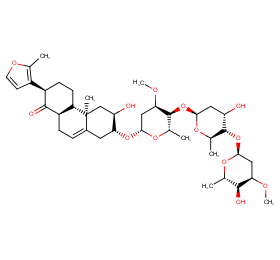
Ingredient ID: NPC97556
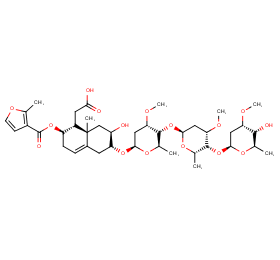
Ingredient ID: NPC97291
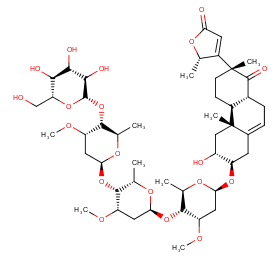
Ingredient ID: NPC95906
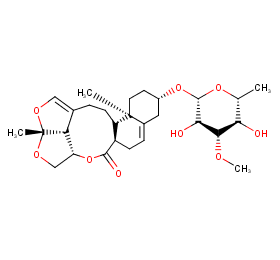
Ingredient ID: NPC94314
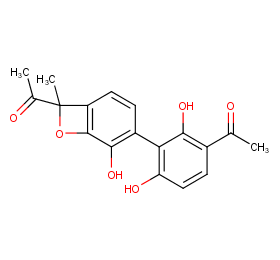
Ingredient ID: NPC91912
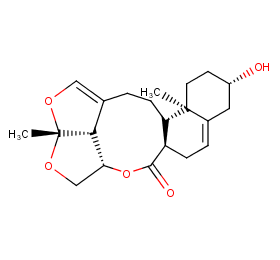
Ingredient ID: NPC87901
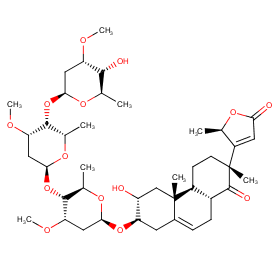
Ingredient ID: NPC87582
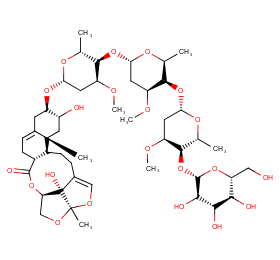
Ingredient ID: NPC85925
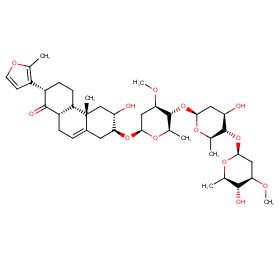
Ingredient ID: NPC82800
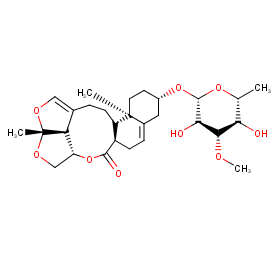
Ingredient ID: NPC70147
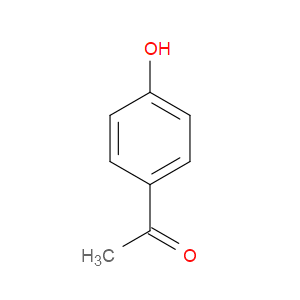
Ingredient ID: NPC6984
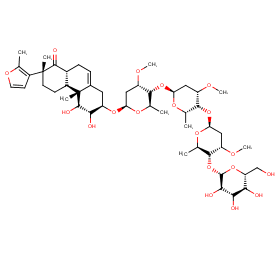
Ingredient ID: NPC69432
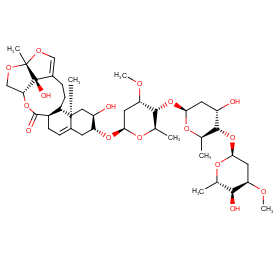
Ingredient ID: NPC65453
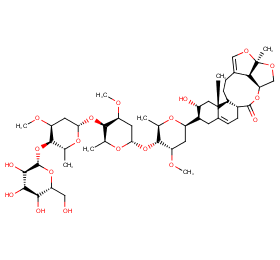
Ingredient ID: NPC64911
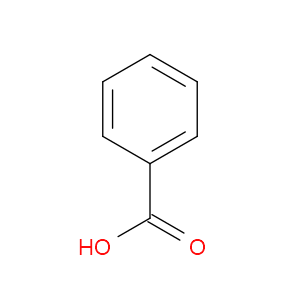
Ingredient ID: NPC62765
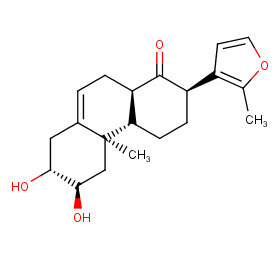
Ingredient ID: NPC62559
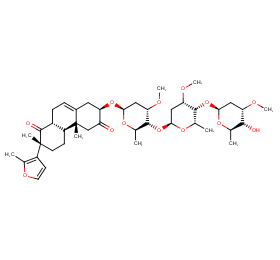
Ingredient ID: NPC60291
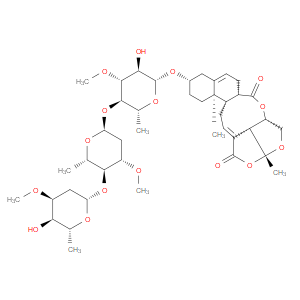
Ingredient ID: NPC478666
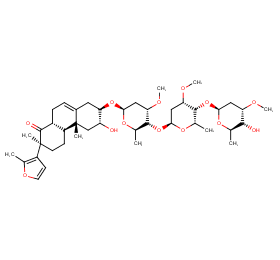
Ingredient ID: NPC44957
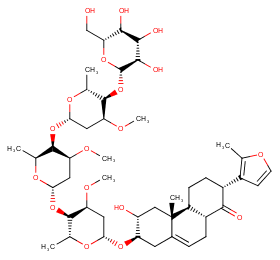
Ingredient ID: NPC44905
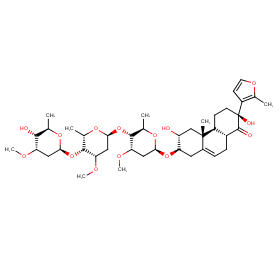
Ingredient ID: NPC42605
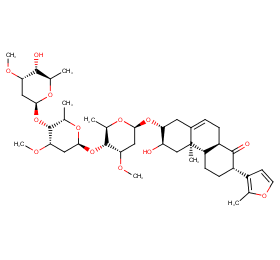
Ingredient ID: NPC41315
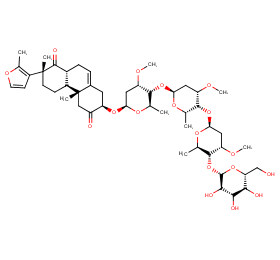
Ingredient ID: NPC37832
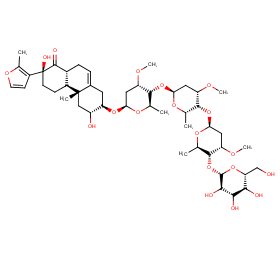
Ingredient ID: NPC36362
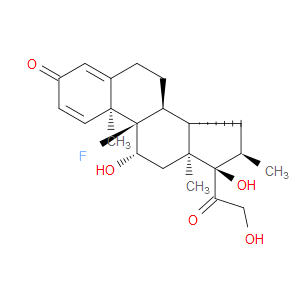
Ingredient ID: NPC331613
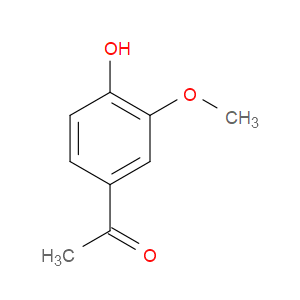
Ingredient ID: NPC32163
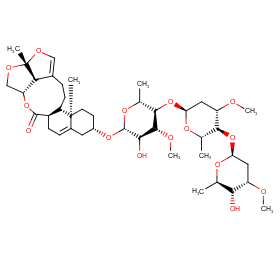
Ingredient ID: NPC305900
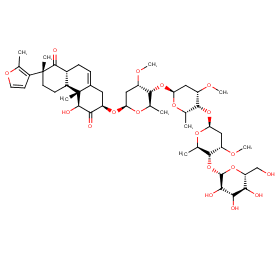
Ingredient ID: NPC304032
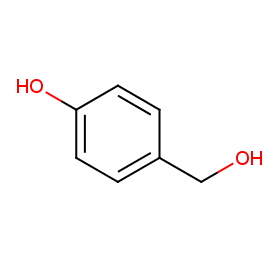
Ingredient ID: NPC300478
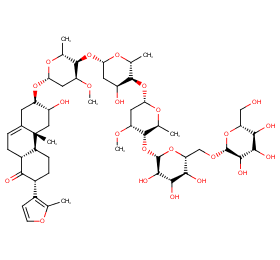
Ingredient ID: NPC299536
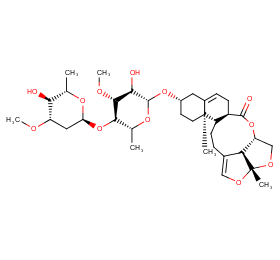
Ingredient ID: NPC296496
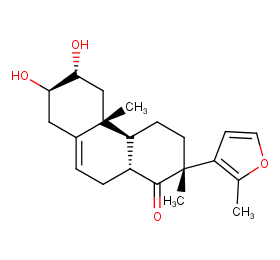
Ingredient ID: NPC296073
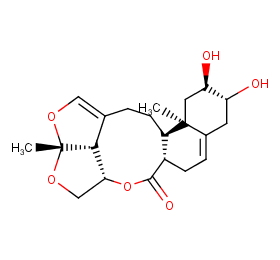
Ingredient ID: NPC294419
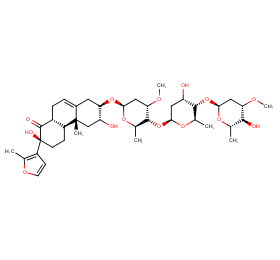
Ingredient ID: NPC29341
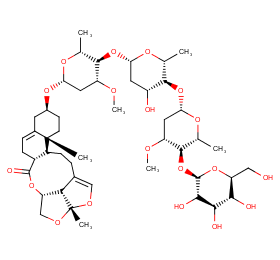
Ingredient ID: NPC293160
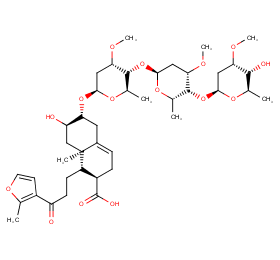
Ingredient ID: NPC292489
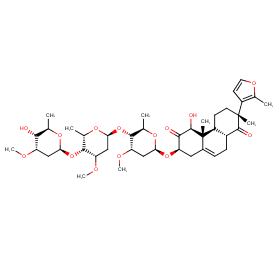
Ingredient ID: NPC2918
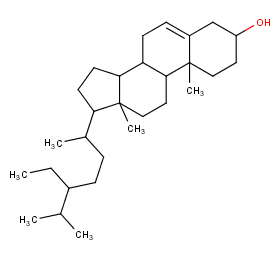
Ingredient ID: NPC290613
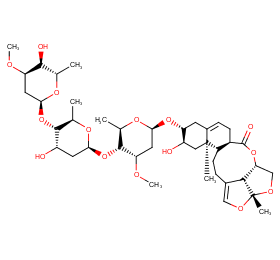
Ingredient ID: NPC290015
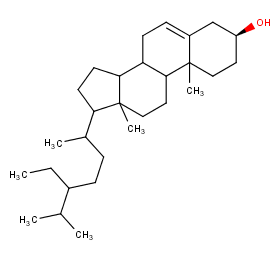
Ingredient ID: NPC29
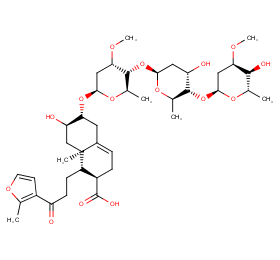
Ingredient ID: NPC288580
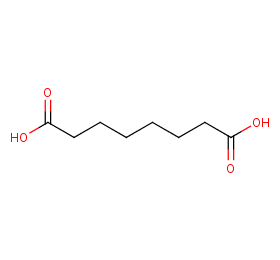
Ingredient ID: NPC268826
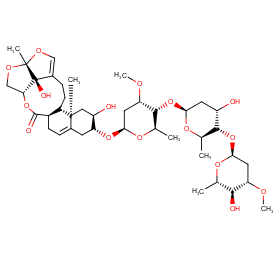
Ingredient ID: NPC265844
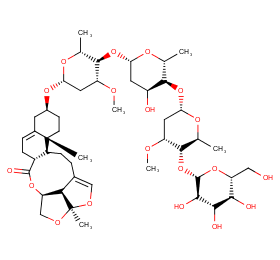
Ingredient ID: NPC254633
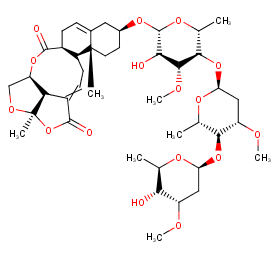
Ingredient ID: NPC254366
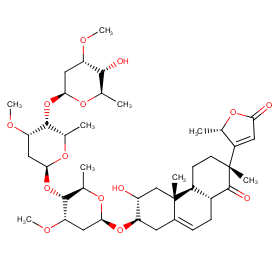
Ingredient ID: NPC243670
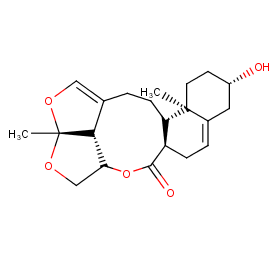
Ingredient ID: NPC241657
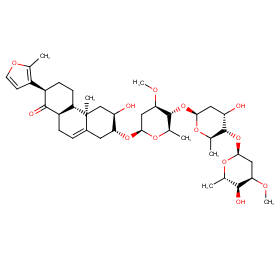
Ingredient ID: NPC237685
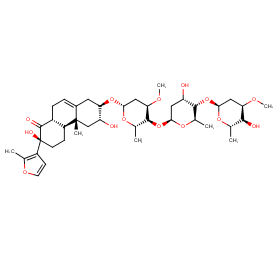
Ingredient ID: NPC236824
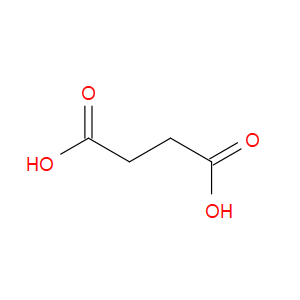
Ingredient ID: NPC236709
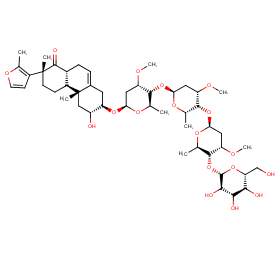
Ingredient ID: NPC232562
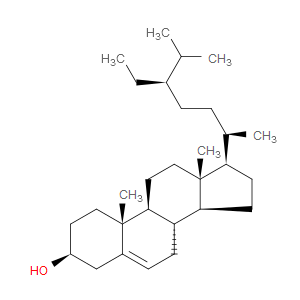
Ingredient ID: NPC230301
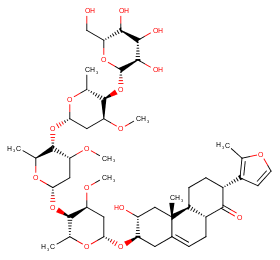
Ingredient ID: NPC228395
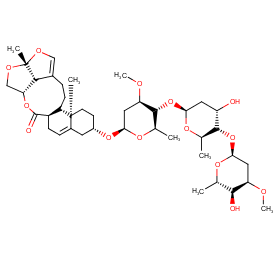
Ingredient ID: NPC226284
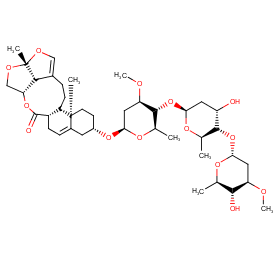
Ingredient ID: NPC222847
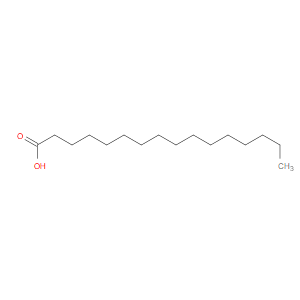
Ingredient ID: NPC216630
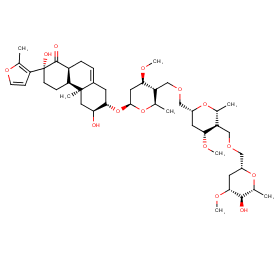
Ingredient ID: NPC215206
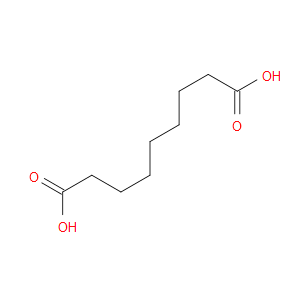
Ingredient ID: NPC214610
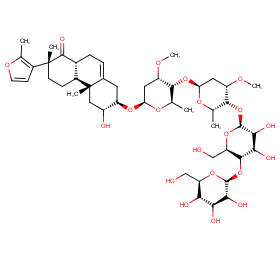
Ingredient ID: NPC211965
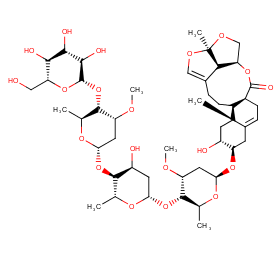
Ingredient ID: NPC209347
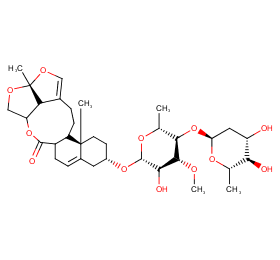
Ingredient ID: NPC20659
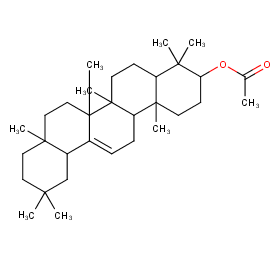
Ingredient ID: NPC205673
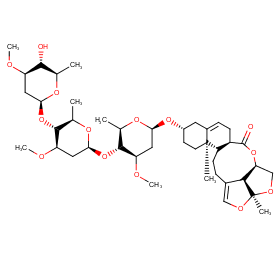
Ingredient ID: NPC201551
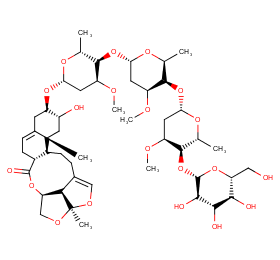
Ingredient ID: NPC199478

Ingredient ID: NPC196069
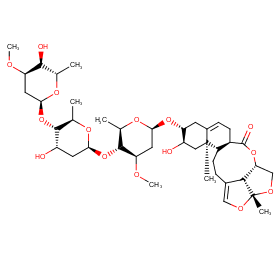
Ingredient ID: NPC192657
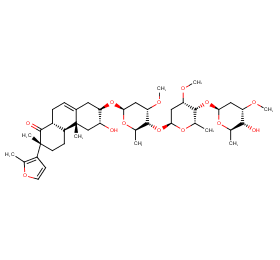
Ingredient ID: NPC191472
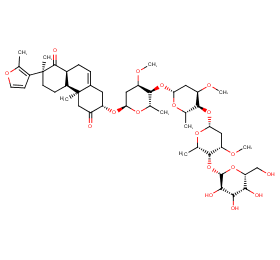
Ingredient ID: NPC190364
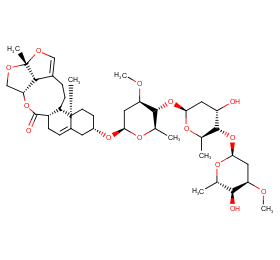
Ingredient ID: NPC189126
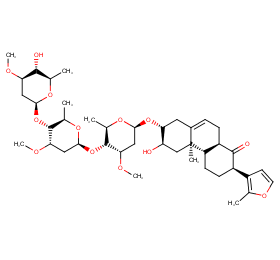
Ingredient ID: NPC17778
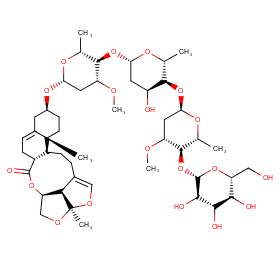
Ingredient ID: NPC175216
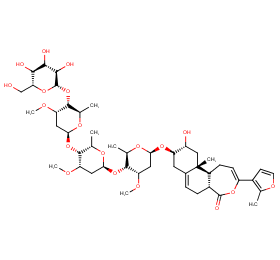
Ingredient ID: NPC17454
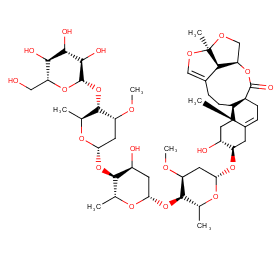
Ingredient ID: NPC172993
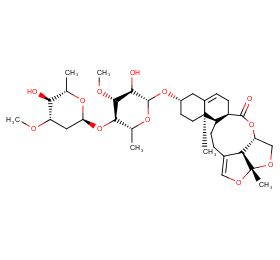
Ingredient ID: NPC169718
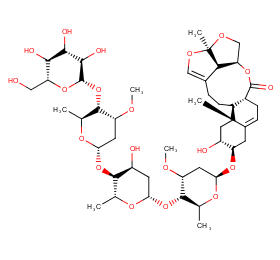
Ingredient ID: NPC168957
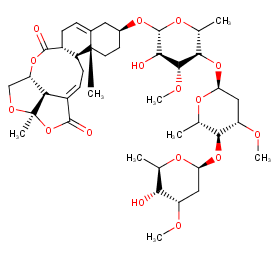
Ingredient ID: NPC168206
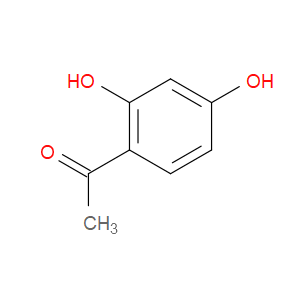
Ingredient ID: NPC161617
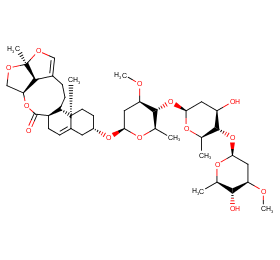
Ingredient ID: NPC160573

Ingredient ID: NPC157912
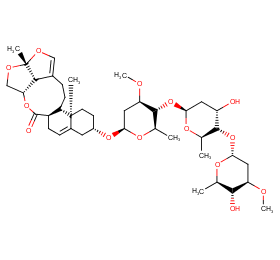
Ingredient ID: NPC154288
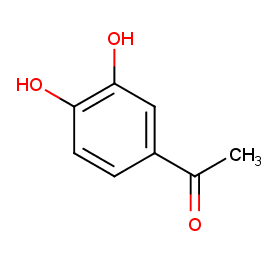
Ingredient ID: NPC150919
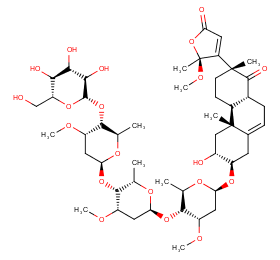
Ingredient ID: NPC133926
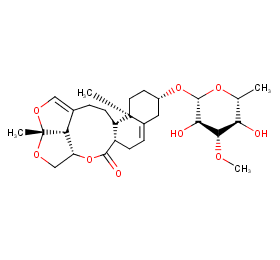
Ingredient ID: NPC127153
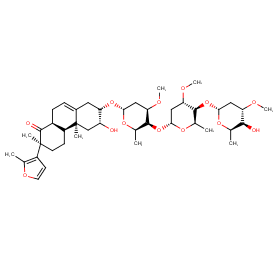
Ingredient ID: NPC125589
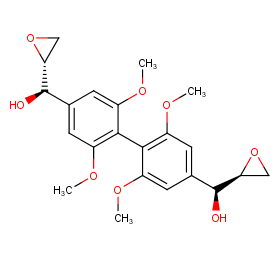
Ingredient ID: NPC123587
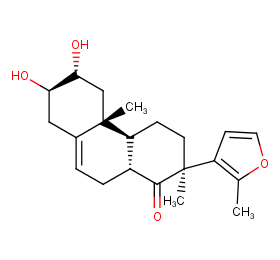
Ingredient ID: NPC121745
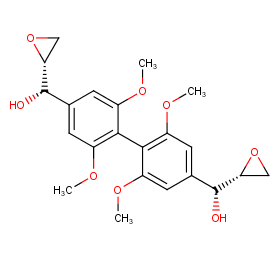
Ingredient ID: NPC121319
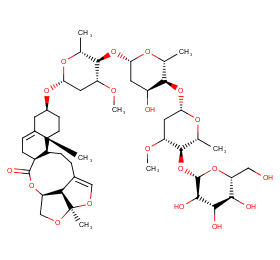
Ingredient ID: NPC121205
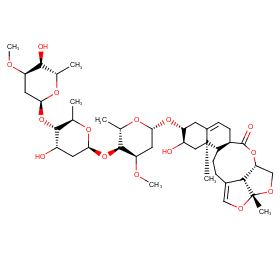
Ingredient ID: NPC118478
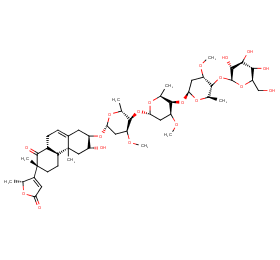
Ingredient ID: NPC114942
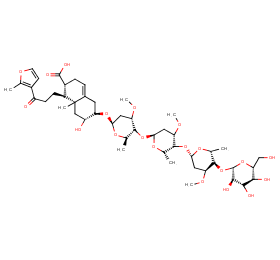
Ingredient ID: NPC113864
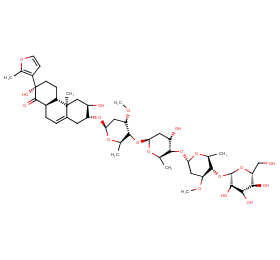
Ingredient ID: NPC113773
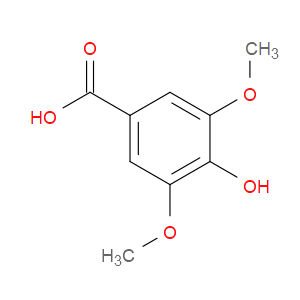
Ingredient ID: NPC110899
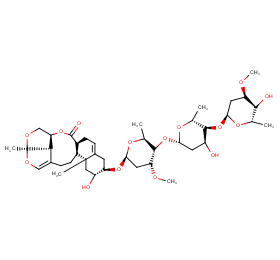
Ingredient ID: NPC108917
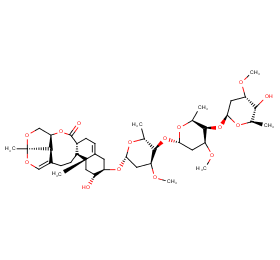
Ingredient ID: NPC107066
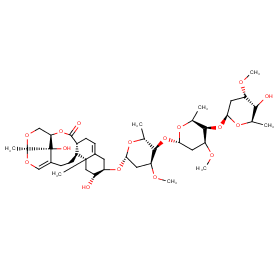
Ingredient ID: NPC101508
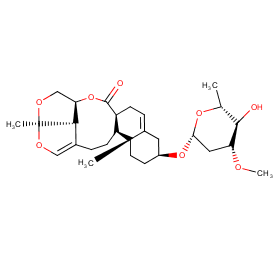
Ingredient ID: NPC100634
Classification of Human Proteins Collectively Targeted by the Plant
Detailed Information of Target Proteins
| Target Type | Protein Class | Gene ID | Protein Name | Uniprot ID | Target ChEMBL ID |
|---|---|---|---|---|---|
| Therapeutic Target | Fatty acid binding protein family | FABP4 | Fatty acid binding protein adipocyte | P15090 | CHEMBL2083 |
| Therapeutic Target | Nuclear hormone receptor subfamily 3 | NR3C2 | Mineralocorticoid receptor | P08235 | CHEMBL1994 |
| Therapeutic Target | Nuclear hormone receptor subfamily 3 | NR3C1 | Glucocorticoid receptor | P04150 | CHEMBL2034 |
| Therapeutic Target | Nuclear hormone receptor subfamily 3 | PGR | Progesterone receptor | P06401 | CHEMBL208 |
| Therapeutic Target | Structural protein | LMNA | Prelamin-A/C | P02545 | CHEMBL1293235 |
| Therapeutic Target | Transcription factor | NFKB1 | Nuclear factor NF-kappa-B p105 subunit | P19838 | CHEMBL3251 |
Clinical trials associated with plant from natural product (NP) & plant level:
| Clinical trials type | Number of clinical trials | |
|---|---|---|
| 27 | ||
| NCT ID | Title | Condition | Form in clinical use | Associated by plant or compound |
|---|---|---|---|---|
| NCT00031096 | Comparison of Efficacy and Safety of Azelaic Acid 15% Gel With Its Vehicle in Subjects With Mild to Moderate Acne | acne | Azelaic Acid (NPC214610) | |
| NCT00403949 | A Study of Azelaic Acid (AzA) 15% in Topical Treatment of Mild to Moderate Perioral Dermatitis | Dermatitis, Perioral | Azelaic Acid (NPC214610) | |
| NCT00408330 | A Study of Azelaic Acid (AzA) 15% Gel in the Treatment of Seborrheic Dermatitis of the Face | seborrheic dermatitis | Azelaic Acid (NPC214610) | |
| NCT00417937 | A Multicenter Trial of a Topical Medication for Papulopustular Rosacea Applied Twice Daily Versus Once Daily | rosacea | Azelaic Acid (NPC214610) | |
| NCT00617903 | Exploration of Safety and Efficacy of AzA 15% Foam Twice a Day in Rosacea | rosacea | Azelaic Acid (NPC214610) | |
| NCT00855595 | Efficacy of Topical Azelaic Acid 15% Gel Plus Anti-inflammatory Dose Doxycycline or Metronidazole Gel 1% Plus Anti-inflammatory Dose Doxycycline in Moderate Papulopustular Rosacea | rosacea | Azelaic Acid (NPC214610) | |
| NCT00992667 | Inhaled Apocynin Decreases Reactive Oxygen Species Concentrations in Exhaled Breath Condensate in Mild Asthmatics | asthma | Apocynin (NPC32163) | |
| NCT01025635 | Safety and Efficacy of Azelaic Acid Foam, 15% in Papulopustular Rosacea | rosacea | Azelaic Acid (NPC214610) | |
| NCT01257919 | Safety and Pharmacokinetics of Azelaic Acid Foam, 15% in Papulopustular Rosacea | rosacea | Azelaic Acid (NPC214610) | |
| NCT01387048 | Study for Long-term Treatment of Acne Vulgaris With Skinoren Versus Differin | acne | Azelaic Acid (NPC214610) |
❱❱❱ Associated Human Diseases and Detailed Association Evidence
How do we define the Plant-Targeted Human Disease Association?
Associated human diseases of an individual plant are summurized based on FOUR types of association evidence, these include:
❶ Association by Therapeutic Target: Bioactive protein targets of the plant were defined in "Molecular Targets" section, target-disease associations collected from TTD database were subsequently used to build the associations between the plant and its targeted human diseases.
❷ Association by Disease Gene Reversion: Plant and a specific disease will be associated when >= 1 plant target gene overlaped with disease's DEGs.
❸ Association by Clinical Trials of Plant: Plant and a specific disease will be associated when >= 1 clinical trial (the plant is the intervetion) can be matched in ClinicalTrials.gov database.
❹ Association by Clinical Trials of Plant Ingredients: Plant and a specific disease will be associated when >= 1 clinical trial (the plant ingredient is the intervetion) can be matched in ClinicalTrials.gov database.
Associated Disease of the Plant | Association Type & Detailed Evidence |
|---|---|
Acne vulgarisDisease Category: 14.Diseases of the skinDisease ICD-11 Code: ED80 |
NCT01387048,NCT00031096,NCT02058628
|
Acute diabete complicationDisease Category: 05.Endocrine, nutritional or metabolic diseasesDisease ICD-11 Code: 5A2Y |
NR3C1
|
Acute myeloid leukaemiaDisease Category: 02.NeoplasmsDisease ICD-11 Code: 2A60 |
NFKB1
|
Acute/subacute hepatic failureDisease Category: 13.Diseases of the digestive systemDisease ICD-11 Code: DB91 |
NFKB1
|
Adaptive immunity immunodeficiencyDisease Category: 04.Diseases of the immune systemDisease ICD-11 Code: 4A01 |
NR3C1
|
Adenocarcinoma of bronchus or lungDisease Category: 02.NeoplasmsDisease ICD-11 Code: 2C25.0 |
F2
|
Adenocarcinoma of pancreasDisease Category: 02.NeoplasmsDisease ICD-11 Code: 2C10.0 |
NAPRT,OR51E2,F2,LMNA,PGR
|
Adenocarcinoma of prostateDisease Category: 02.NeoplasmsDisease ICD-11 Code: 2C82.0 |
FABP5,OR51E2
|
Adenocarcinoma of stomachDisease Category: 02.NeoplasmsDisease ICD-11 Code: 2B72.0 |
F2
|
Adrenocortical insufficiencyDisease Category: 05.Endocrine, nutritional or metabolic diseasesDisease ICD-11 Code: 5A74 |
NR3C2
|

